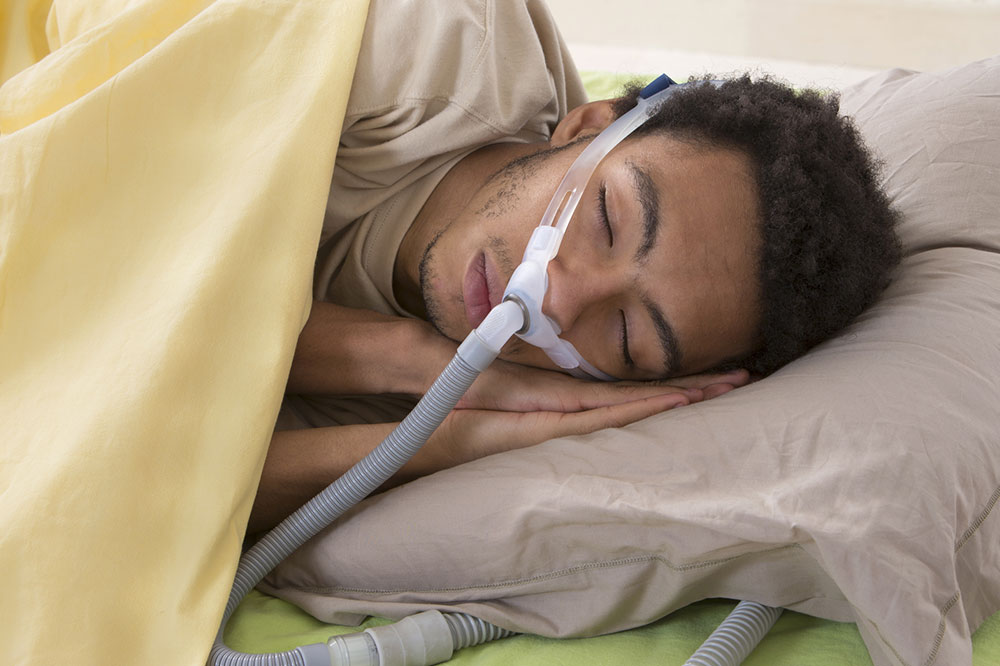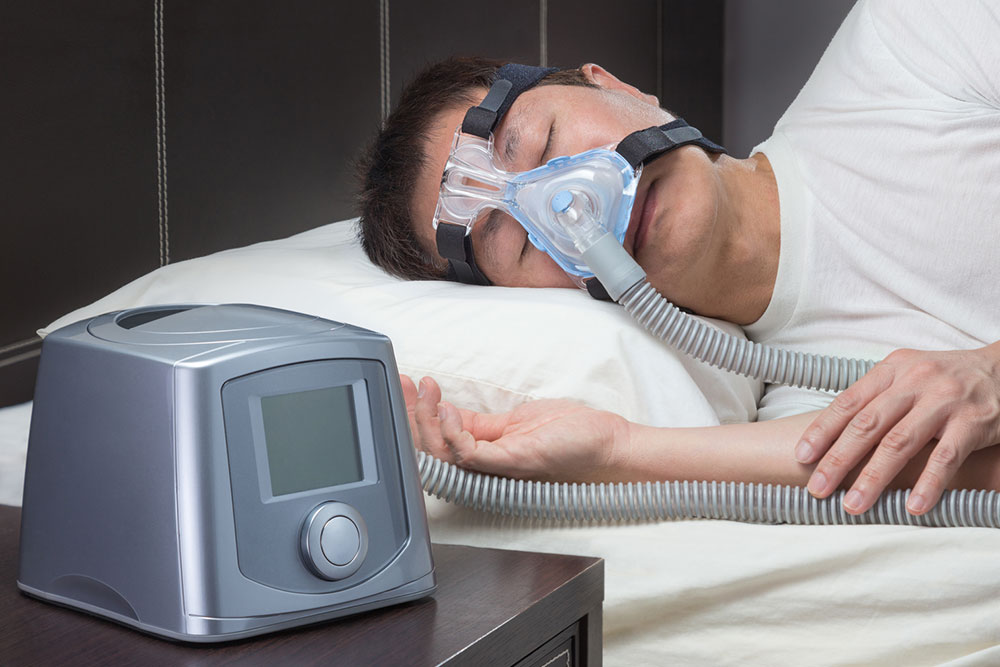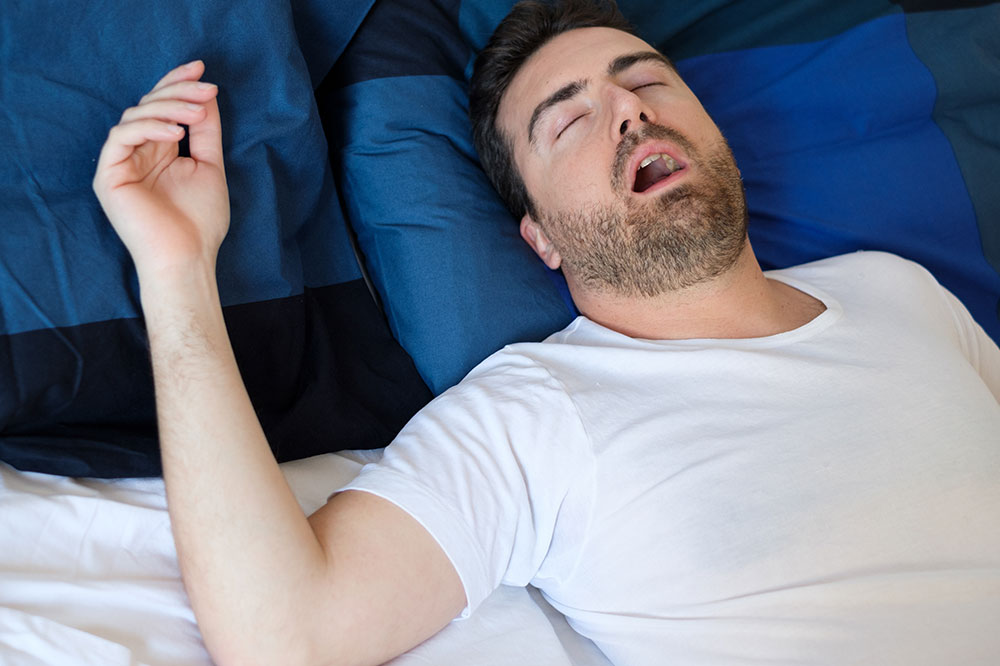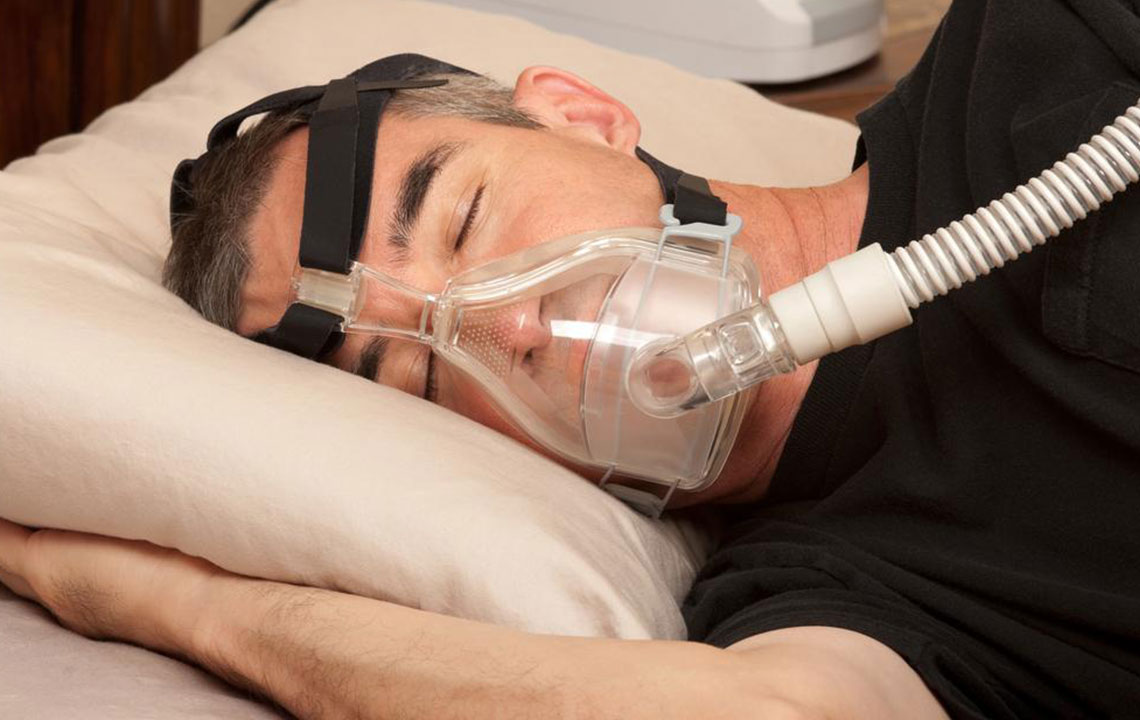Understanding the Key Causes and Risk Factors of Sleep Apnea
This comprehensive article explores the diverse causes and risk factors of sleep apnea, emphasizing the importance of understanding obesity, anatomical issues, age, gender, smoking, and substances like alcohol. Recognizing these factors can aid in early diagnosis and effective management. It highlights lifestyle changes and medical interventions to improve sleep quality and overall health. Learn how to identify symptoms and reduce risks to mitigate the impact of this common sleep disorder on your life.
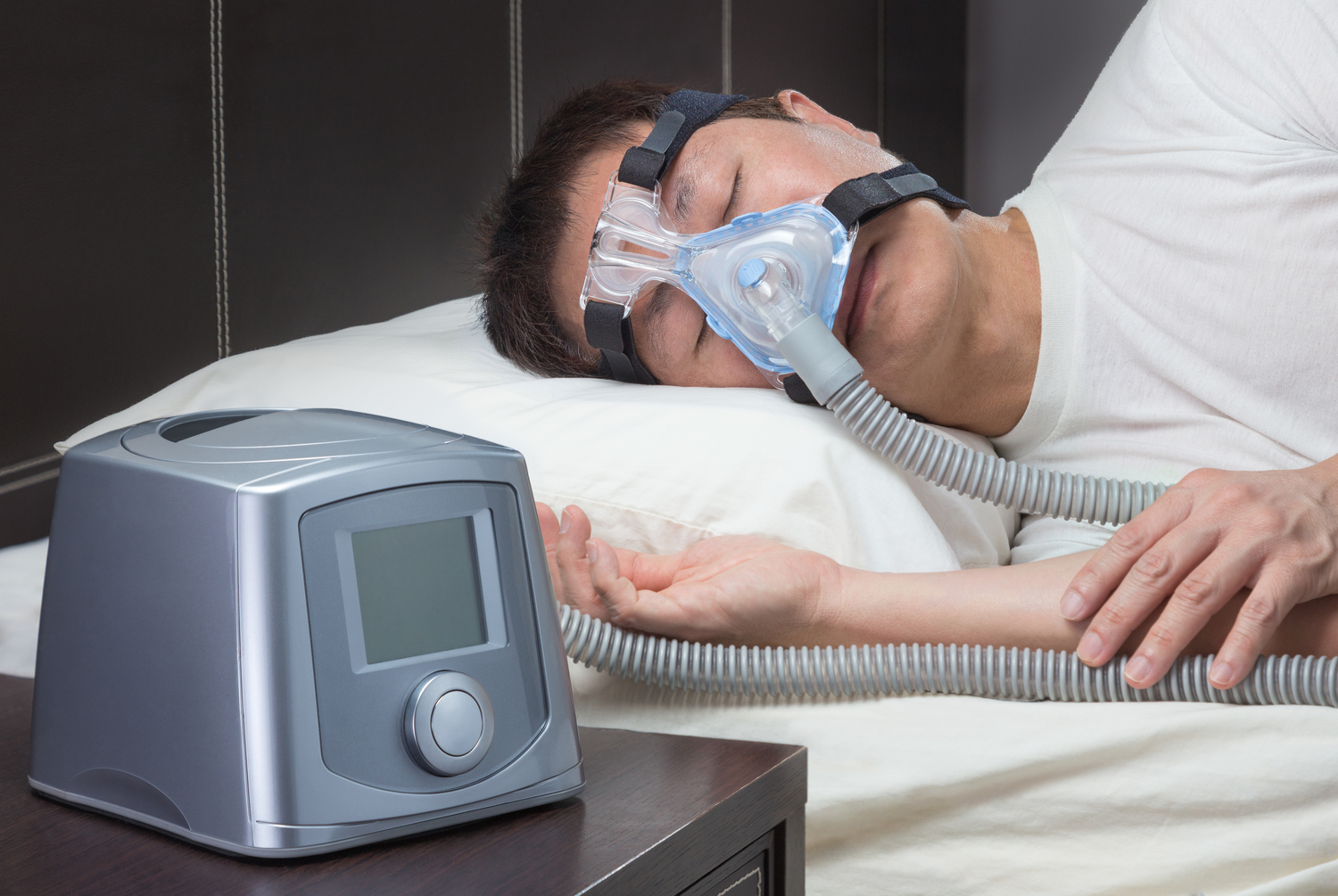
Understanding the Key Causes and Risk Factors of Sleep Apnea
Sleep apnea is a prevalent and potentially serious sleep disorder characterized by repeated interruptions in breathing during sleep. These breathing pauses can significantly impact overall health and quality of life if left untreated. The condition manifests through various symptoms, including loud snoring, choking sensations during sleep, excessive daytime drowsiness, dry mouth, morning headaches, and sore throat. It primarily affects middle-aged and older men, with research indicating they are three times more likely to develop the disorder compared to women. Overweight and obese individuals also face heightened risk, highlighting the importance of understanding the multiple factors that contribute to sleep apnea development.
Anticipating and managing these risk factors can significantly improve sleep quality and overall health. Here, we explore in detail the most common causes and risk factors that contribute to sleep apnea to help individuals better recognize the signs and seek appropriate medical intervention.
1. Excess Body Weight and Obesity
One of the most significant risk factors associated with sleep apnea is being overweight or obese. Excess body fat, particularly around the neck and upper airway, can exert pressure on the airway structures, causing narrowing and making it difficult to breathe freely during sleep. Fat deposits under the chin and around the neck are highly contributory because they can physically compress airway passageways, leading to obstruction or collapse during sleep cycles. This additional pressure reduces airflow, resulting in interrupted breathing and the typical symptoms observed in sleep apnea patients.
Numerous studies have demonstrated a direct correlation between weight gain and increased risk of sleep apnea. Losing weight through lifestyle modifications such as diet and exercise has been shown to significantly decrease the severity of sleep apnea symptoms, highlighting the importance of weight management in prevention and treatment plans.
2. Anatomical Restrictions and Nasal Congestion
Nasal obstructions or allergies that cause congestion can amplify the risk of sleep apnea. Blocked nasal passages make it difficult to breathe through the nose, forcing individuals to breathe through their mouths during sleep. This mouth breathing can cause tissues in the throat and soft palate to relax abnormally, increasing the likelihood of airway collapse. Soft tissue collapse often blocks airflow temporarily, resulting in apnea episodes that disturb sleep cycles.
Structural abnormalities in the airway—such as a deviated septum, enlarged turbinates, or elongated palate—also contribute to airway narrowing. Addressing these issues through medical procedures or nasal therapies can significantly improve airflow and reduce apnea episodes.
3. Age and Gender
Age plays a crucial role in the risk of developing sleep apnea. Men over 40 tend to have higher vulnerability due to natural physiological changes, including decreased muscle tone in the throat muscles during sleep. This relaxation can lead to oropharyngeal collapse—where the airway temporarily shuts—resulting in breathing interruptions.
Additionally, men are biologically more prone to sleep apnea due to differences in airway anatomy and fat distribution. However, post-menopausal women see an increase in risk, equalizing the gender disparity somewhat. These physiological factors underscore the importance of age and gender considerations when assessing an individual's risk profile.
4. Smoking and Its Impact on Airways
Smoking is a notable environmental risk factor that aggravates sleep apnea. Tobacco use irritates and inflames the mucous membranes lining the upper airway, leading to swelling and narrowing of the airway structures. Nicotine can also increase muscle tone temporarily, which may hinder normal breathing patterns. Over time, the continuous irritation and inflammation contribute to sustained airway narrowing and increased collapse risk during sleep.
Studies indicate that smokers are more likely to develop and experience severe sleep apnea episodes. Smoking cessation programs are highly recommended as part of comprehensive treatment strategies to reduce the severity and frequency of apnea episodes.
5. Alcohol and Sedative Use
Substances like alcohol and sedatives relax the muscles of the upper airway, including the tongue and soft palate, during sleep. While these substances might initially help some individuals relax or fall asleep faster, they inadvertently facilitate airway obstruction. The relaxed tissues are more prone to collapse, obstructing airflow and increasing the risk of pauses in breathing.
Regular consumption of alcohol or sedatives can exacerbate sleep apnea symptoms and diminish sleep quality. Medical professionals often advise limiting or avoiding these substances, especially before bedtime, to improve sleep health and reduce apneas.
In conclusion, sleep apnea is a multifactorial disorder influenced by obesity, anatomical factors, age, gender, lifestyle choices, and environmental exposures. Recognizing these causes and risk factors is essential in early diagnosis and effective management. If you suspect sleep apnea—evidenced by loud snoring, choking sensations, or daytime fatigue—it is highly recommended to consult healthcare practitioners for proper evaluation, diagnosis, and treatment options. Addressing these factors can dramatically improve sleep quality and prevent serious health complications associated with untreated sleep apnea.
